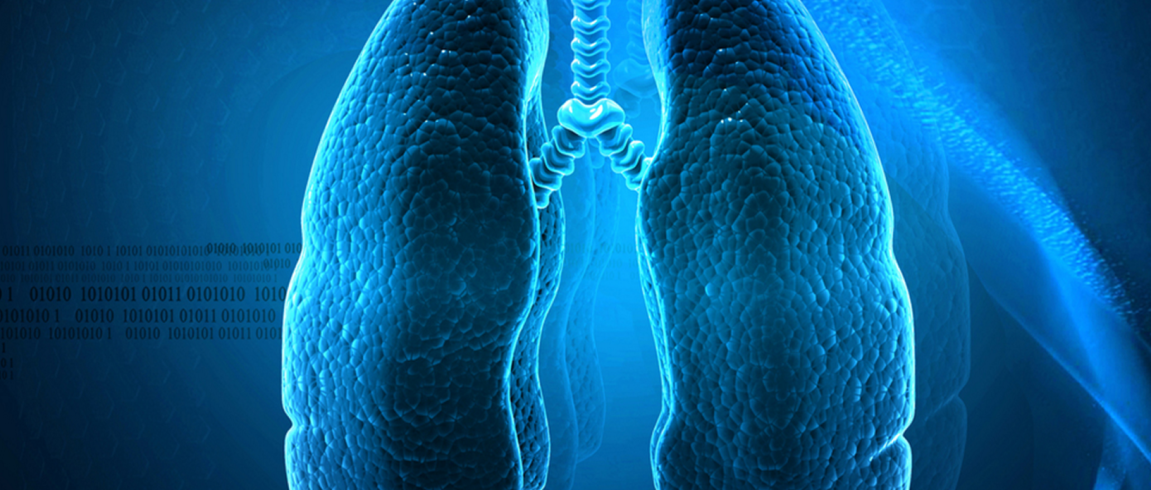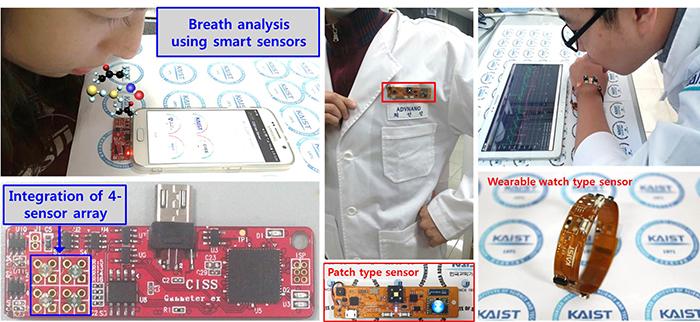
Something Doesn’t Smell Right
Scientists at the Korea Advanced Institute of Science and Technology (KAIST) are developing biosensors that can sniff out certain molecular signatures, a useful tool for medical diagnosis. Professor Il-Doo Kim, of the Department of Materials Science and Engineering at KAIST, has led the research, which may enable such technology to work with smartphones, smartwatches, and other commonly available devices.
The idea is to use small semiconductors made of metal oxide nanofibers as sensor arrays; these devices are designed for maximum “gas adsorption,” which allows them to analyze “volatile organic compounds” (VOCs) exhaled in human breath. Detecting these chemical signatures will mean early diagnosis of certain diseases, a potentially life-saving advantage.
The sensor arrays register, for instance, the presence in VOCs of acetone, H2S, ammonia, and toluene, which would indicate the presence of diabetes, halitosis, kidney malfunction, and lung cancer.
Honestly, anyone whose breath smells like acetone, hydrogen sulfide, or ammonia should already be sending up some red flags; but the point is, the ultrasenstitive technology can detect even trace biomarkers.
And by analyzing gases that originate at the blood-lung tissue barrier, the technology provides an important window onto the health of a patient, and can be extended to sense a wide variety of diseases.

Take It Wherever you Go
The technology is inexpensive and can be readily integrated with existing “smart” devices. That’s a nice feature, because it means real-time diagnosis for patients—no need for a lengthy, nail-biting wait. And aside from merely assuaging a patient’s anxiety, it also means rapid field diagnoses, which could be crucial to identifying and mobilizing against disease epidemics and outbreaks.
“The sensor technology is compatible with various types of smartphones, wearable electronic gadgets, and medical devices,” Professor Kim points out, adding that it also has applications for non-medical uses.
For example, it can be used to detect hazardous chemicals, or excessive concentrations of potentially lethal gases, whether in factories or homes.